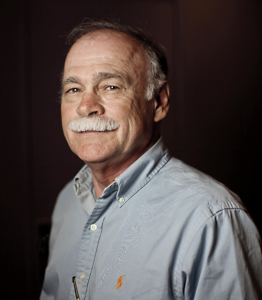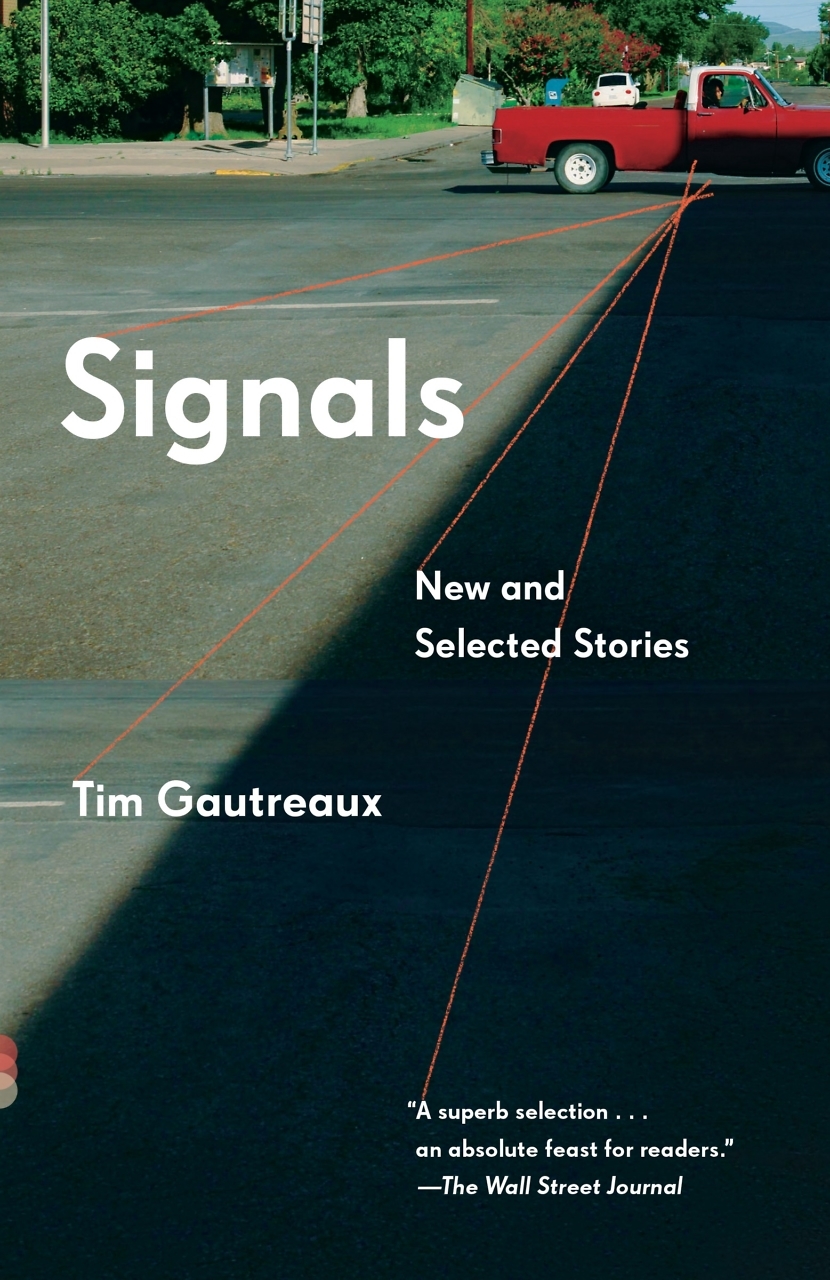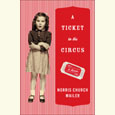Underage in Margaritaville
Jennifer Holm’s new middle-grade reader captures the Key West of an earlier age
From the looks of the dust jacket, you might assume Turtle in Paradise tells a sand ‘n’ surf tale of a lucky young girl luxuriating in a beachside resort, perhaps in pursuit of a boy’s attention. Instead, Jennifer Holm’s wonderful new novel for middle-grade readers takes readers to Depression-era Key West, a place that looks to our heroine, eleven-year-old Turtle, like “a broken chair that’s been left out in the sun to rot.” It’s a place where scrappy kids fill their bellies by making “cut-ups”—odd, thrown-together bowls of seasoned fruit salad—and where, everywhere you look, piles of trash compete with furiously blooming trees, vines, and bushes.
Turtle is not thrilled to find herself in Key West with her aunt; she’d prefer to be back East with her mother, to whom she’s quite close. But she’s also not a kid who’s prone to mooning over what’s lost. Prematurely cynical and hilariously outspoken, she digs into her new surroundings fearlessly, never once cowed by the gaggle of boy cousins she’s thrown into or the catch-as-catch-can quality of life in this struggling tropical town. She’s a very fun character to follow, so much so that the end of the adventure with her seems to come much too soon.
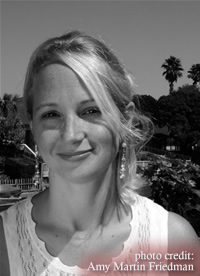 Holm has written several books for young readers, including two Newbery Honor titles, Our Only May Amelia and Penny from Heaven, and the Babymouse series of graphic novels, written with her brother, Matthew Holm. She talked with Chapter 16 about some of the real-life inspirations that went into the writing of Turtle in Paradise.
Holm has written several books for young readers, including two Newbery Honor titles, Our Only May Amelia and Penny from Heaven, and the Babymouse series of graphic novels, written with her brother, Matthew Holm. She talked with Chapter 16 about some of the real-life inspirations that went into the writing of Turtle in Paradise.
Chapter 16: Turtle in Paradise shares some common ground with your two Newbery Honor books: it features a spirited girl of another era in a narrative rich with period detail. What draws you to these kinds of stories and settings?
Holm: Well, I guess you could say I’m kind of, ahem, “spirited” (just ask my mom—I’m surprised she survived my childhood!). I grew up with four brothers, so I didn’t have any choice—it was be spunky or be covered in spitballs.
Chapter 16: Turtle is a really delightful character—she doesn’t suffer fools easily, she knows how to get what she wants, and she find the little-girl icon of her time, Shirley Temple, downright repugnant. In short, she’s a hoot. What was the inspiration for her? Did you draw from any real-life characters?
Holm: She was actually inspired by Shirley Temple in a roundabout way. I had seen Shirley Temple pictures as a kid, but when I watched them again as an adult for this book, I found them extremely annoying. Shirley is soooo perfect. Those ringlet curls! That smile! And she can dance! (Did I mention I was booted from ballet at age six? Yep.) So Turtle really became my reaction to Shirley Temple. Turtle is clear-eyed and world-weary and doesn’t believe in Hollywood endings. She also has a little bit of a “snarky” voice, and that’s all me.
Chapter 16: You have ties to Key West : your great-grandmother immigrated there in 1897. In what ways did you draw from her stories in writing the book?
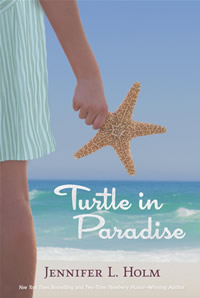 Holm: My Nana was certainly the inspiring factor in getting the book rolling, but I would say it was more the stories of the younger generation of cousins (who were kids during the Depression) that I drew more from. Also, my mom had some great stories.
Holm: My Nana was certainly the inspiring factor in getting the book rolling, but I would say it was more the stories of the younger generation of cousins (who were kids during the Depression) that I drew more from. Also, my mom had some great stories.
Chapter 16: Were there any details of Depression-era life in Key West, or stories from your great-grandmother, that you wanted to work into the book but couldn’t?
Holm: I think this is always the challenge when you’re writing historical fiction—to keep the story the priority. My favorite tidbit that didn’t make it into the book was about what happened when there was a fire in Key West. The houses were all wood and built close together, so fires were deadly and could potentially take down whole blocks. During one fire, all the inhabitants of a street evacuated their belongings from their houses and put them in the cemetery for safekeeping. (It was the nearest place with no wood.) I have this hilarious image in my head of beds, dressers, and pots and pans all stacked up next to tombstones!
Chapter 16: The Depression-era Key West setting of Turtle in Paradise is very different from the Key West of today—or is it? Is there a Key West that tourists rarely see?
Holm: Turtle’s Key West is very, very different from the Key West of today. Depression-era Key West was pretty run-down. The town went bankrupt, so a lot of municipal services went by the wayside, like trash pick-up. There are pictures of streets in Key West just piled with garbage.
Chapter 16: The “Diaper Gang,” a ragtag group of young boys who care for neighborhood mothers’ babies, is a charming and funny element of this book. How did you come up with this unlikely crew?
Holm: Well, I grew up with a lot of boys, so I’m pretty familiar with their mysterious ways. The idea for a group of kids acting as a “babysitter gang” actually came from my old neighborhood in Maryland. I had a toddler at the time, and all these kids would come over to my house in a pack to “babysit” my son, Will. In truth, they really liked to come over to my house because I made them whatever they wanted for lunch. (Pizza was the most popular request.) The character of Kermit was actually inspired by my late cousin, Kermit Lewin. He was quite the prankster, from all accounts.
Chapter 16: The book feels like an introduction to Turtle; in the end, it seems we’re perfectly set up to follow her to the next adventure. Any more stories about her in the works?
Holm: Aw, that’s so sweet to hear! No follow-ups for now, I’m afraid. I’m hard at work with my brother, Matt Holm, on our new graphic novel series called SQUISH. (It’s about an amoeba!)
Jennifer Holm appears at Davis-Kidd Booksellers in Nashville on May 20 at 4 p.m.
